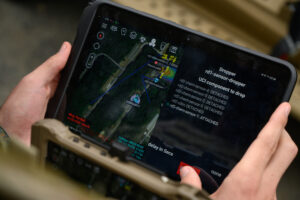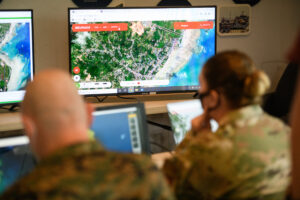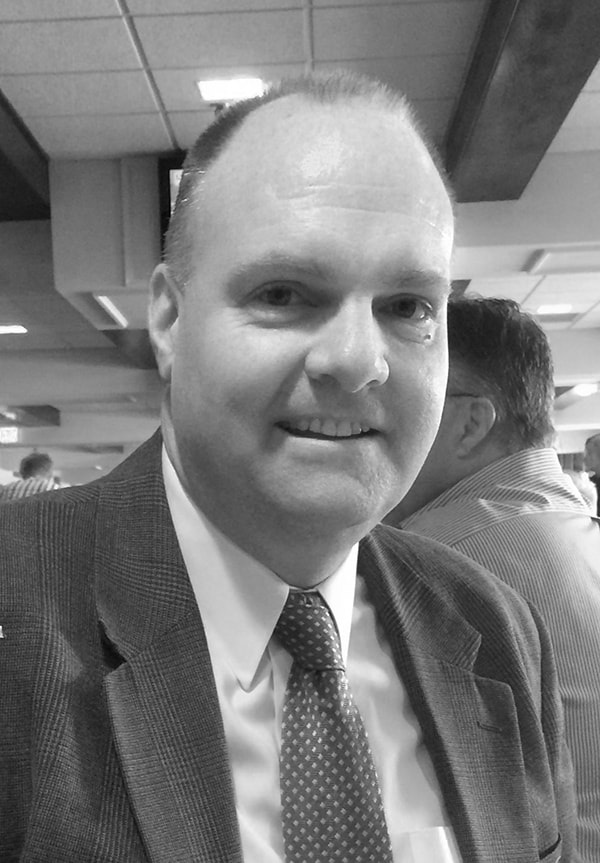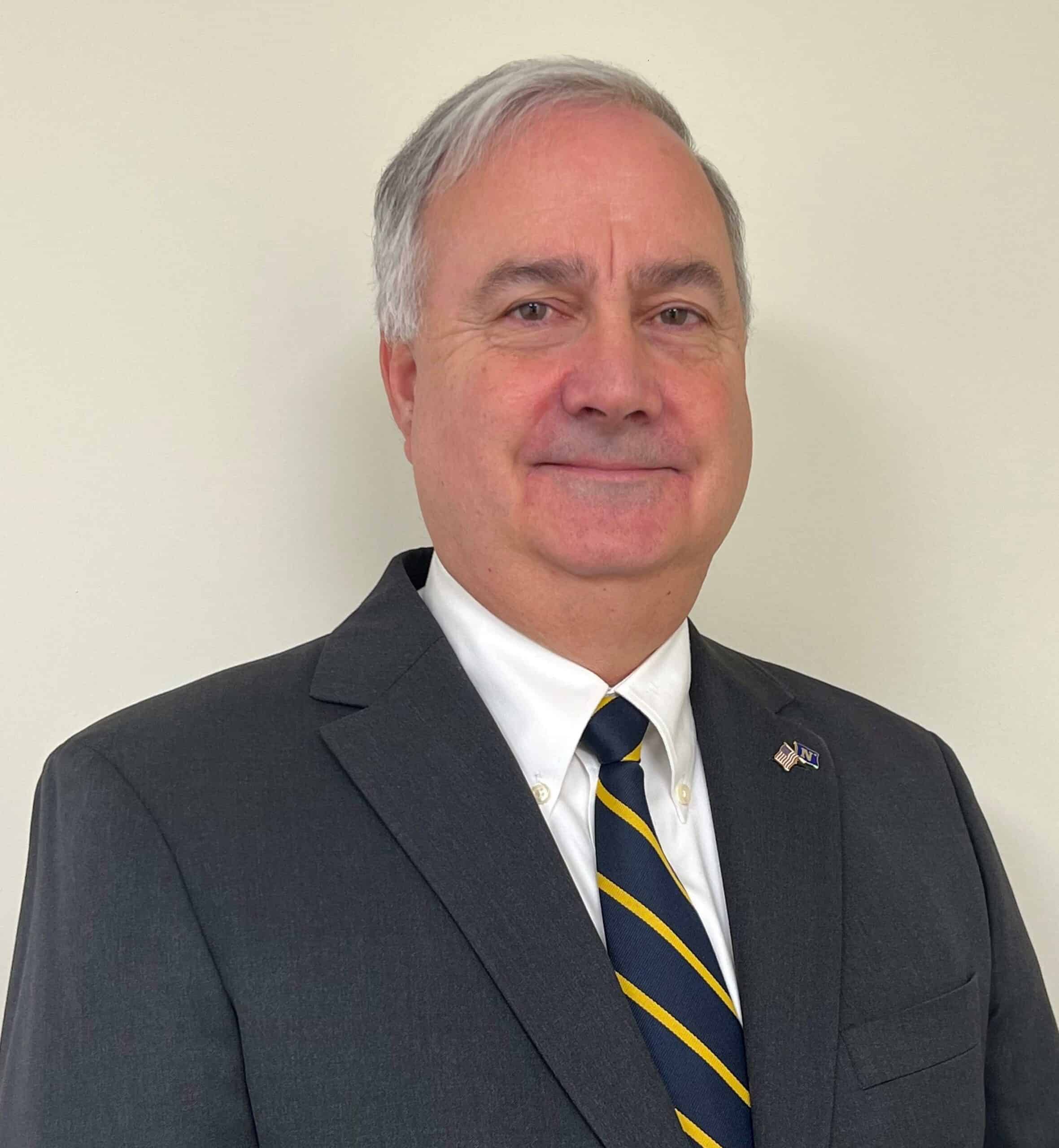GSE Support to Resolute Dragon 2
In June 2022, the Global Systems Engineering (GSE) Warfighter and Homeland Integration (WHI) team supported the Defense Threat Reduction Agency’s (DTRA) Advanced Technology Demonstration (ATD) named Resolute Dragon 2 (RD2) at Aberdeen Proving Grounds (APG) MD.
In June 2022, the Global Systems Engineering (GSE) Warfighter and Homeland Integration (WHI) team supported the Defense Threat Reduction Agency’s (DTRA) Advanced Technology Demonstration (ATD) named Resolute Dragon 2 (RD2) at Aberdeen Proving Grounds (APG) MD. RD2 illustrated how integrated CBRN S&T Technologies provided Integrated Early Warning (IEW) and Integrated Layered Defense (ILD) to promote CBRN decision-making in Joint All Domain Command and Control (JADC2) operations. RD2 included Warfighters from the United States Air Force, United States Marine Corps, and United States Navy who participated as role players to test several developmental tools.
ATDs are JTF scenario-based experiments where Warfighters interact with novel, integrated, DTRA S&T CBRN Defense technologies aligned to their prioritized future operational needs. From that engagement, Warfighters provide feedback on the operational utility of the technologies to the DTRA STM technology managers to optimize and accelerate capability development and to facilitate capability transition within the Chemical Biological Defense Program to advanced development and fielding.
 JADC2 is a concept to connect sensors, battle space awareness tools, and decision support tools from the Department of Defense (DoD) military services into a unified interoperable network providing effective decisions at the speed of relevance in an increasingly complex and assimilated operational battle space.
JADC2 is a concept to connect sensors, battle space awareness tools, and decision support tools from the Department of Defense (DoD) military services into a unified interoperable network providing effective decisions at the speed of relevance in an increasingly complex and assimilated operational battle space.
RD2 showed how CBRN sensor data collected at the tactical edge can fit into and inform overarching service JADC2 constructs by demonstrating three main points. First, how CBRN data collected at the tactical edge can generate a CBRN Common Operating Picture (COP) that can inform higher echelon decision-making environments and joint service built JADC2 solutions. Second, the role S&T Technologies play in creating this CBRN COP through an interoperable data format and set of messaging protocols based on the Integrated Sensor Architecture (ISA) standard. Third, how S&T CBRN Technologies are not just enablers of mission execution but can also play a key role in mission planning significantly reducing risk by allowing for CBRN based COA identification and prioritization. GSE/WHI provided organizational support, including scenario development, event planning, briefings, event setup, feedback collection, and specialized subject matter expertise.
RD2 was comprised of two pieces: Mission Planning and Mission Execution.
The Mission Planning Phase included demonstrating how CBRN based decision support tools and medical countermeasures (MCMs) influence mission planning Course of Action (COA) development, prioritization, and selection. GSE/WHI developed a scenario which provided a dynamic representation of conflict for Warfighters to make CBRN informed decisions and respond to their consequences. They worked closely with MIT LL during their further development of MEURIADS and DEMASQ to better fit Warfighter’s needs by hosting several dry runs to gain feedback from the Services before participants saw these technologies during the RD2 event. GSE/WHI also worked closely with the US Naval Surface Warfare Laboratory to build scenarios in MAST and utilize this tool as a land-based scenario builder rather than a nautical-based program, as it was designed. Furthermore, they worked closely with DTRA RD CBS/CBI representatives to coordinate which MCMs would be demonstrated and how to best include EpiGrid in a scenario. Highlights included demonstrating how MCM capabilities and CBRN Modeling and Simulation tools work through a decision support framework to inform mission planners.
The Mission Execution Phase took COA planning outputs from the Mission Planning Phase and used them to conduct a Joint-Service, scenario-based mission. Using a real-world, multi-echelon C2 construct, RD2 generated a CBRN based COP using exemplar S&T technologies and provided injects into envisioned, Service-developed, JADC2-compatible solutions. GSE/WHI helped support this piece by gathering Warfighter feedback, keeping Warfighters engaged and on-task, and helping coordinate between Warfighters and the technology developers. Highlights in this phase included Marine Expeditionary Unit (MEU)/Amphibious Ready Group (ARG) operations and simultaneous USAF adaptive-basing operations. Technologies in this Phase demonstrated how CBRN data flows and integrates with service COP systems.
Using a real-world, multi-echelon C2 construct, RD2 generated a CBRN based COP using exemplar S&T technologies and provided injects into envisioned, Service-developed, JADC2-compatible solutions. GSE/WHI helped support this piece by gathering Warfighter feedback, keeping Warfighters engaged and on-task, and helping coordinate between Warfighters and the technology developers. Highlights in this phase included Marine Expeditionary Unit (MEU)/Amphibious Ready Group (ARG) operations and simultaneous USAF adaptive-basing operations. Technologies in this Phase demonstrated how CBRN data flows and integrates with service COP systems.
The RD2 demonstration culminated in a Distinguished Visitors (DV) day where more than 100 Senior Leaders, Service Representatives, S&T Managers, and allies (UK, AUS, and Canada) from across the CB community participated. DV day included technology demonstrations, candid feedback from the service members and interactive Q&A sessions between the attending guests and participating US active duty service members. GSE/WHI briefed and provided setup support for this event.
GSE is proud to have been involved in such a great event. We look forward to providing the same high level of effort to all of our customers.






